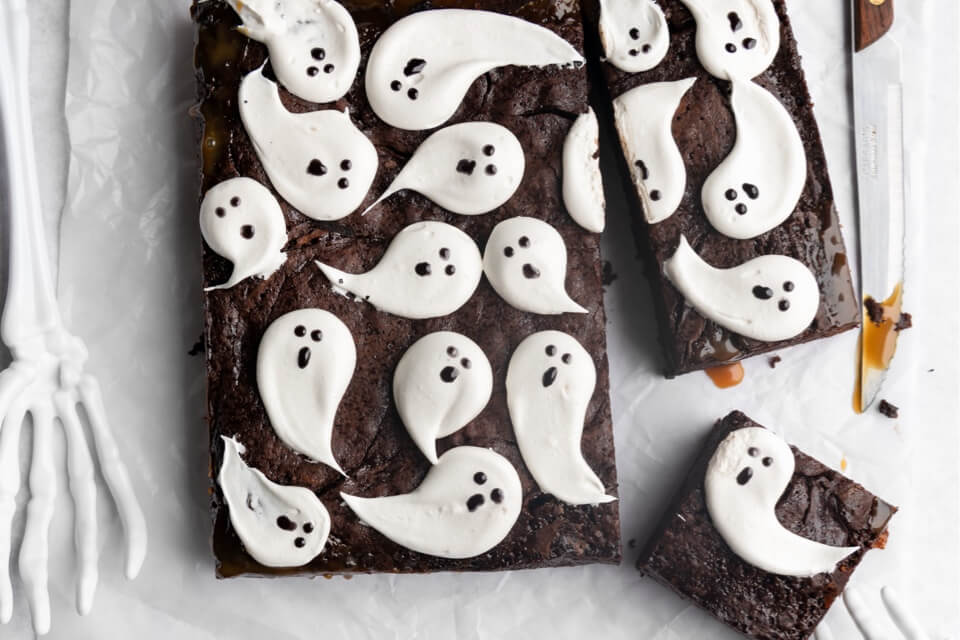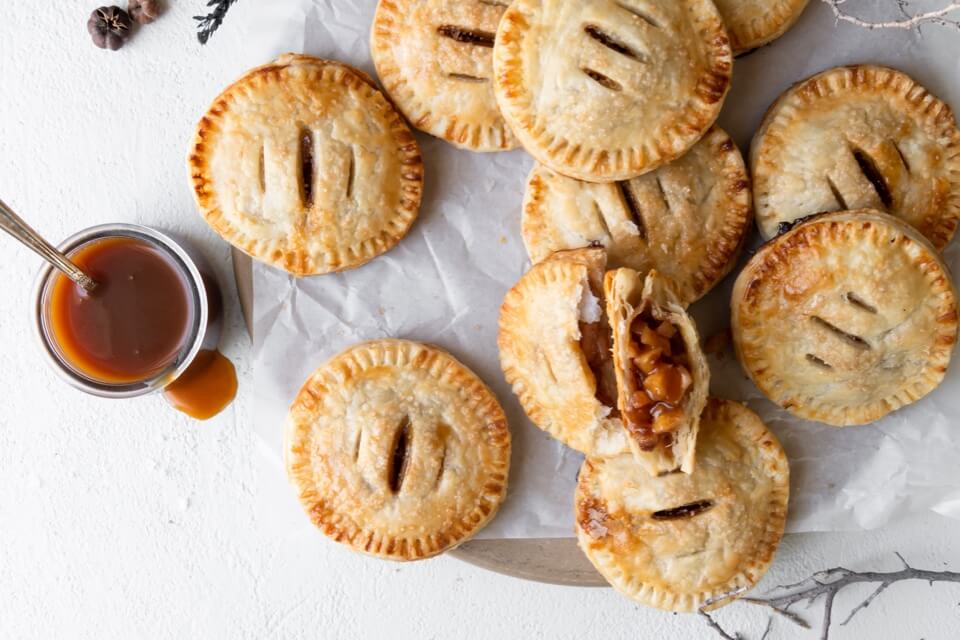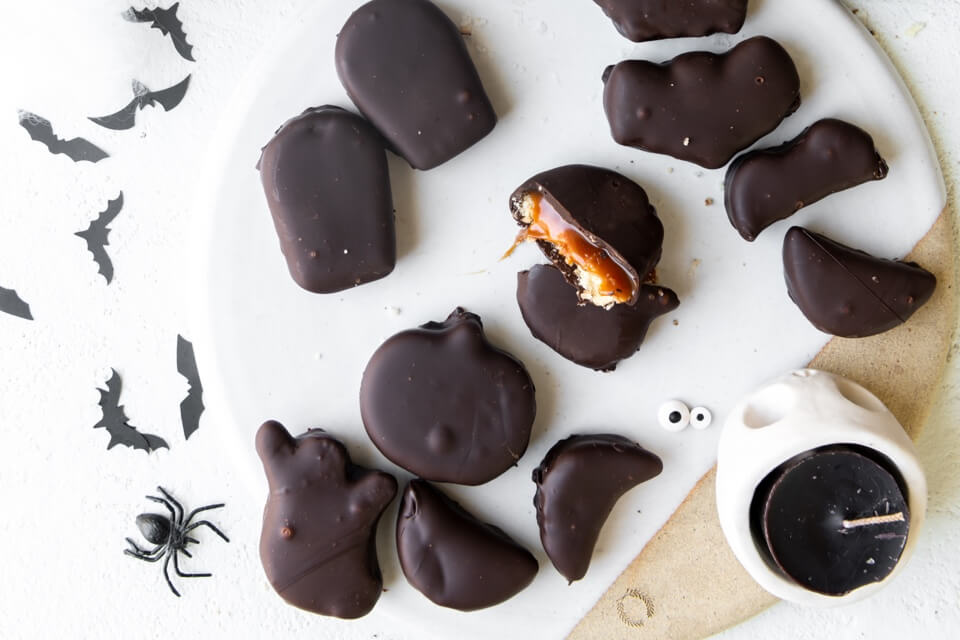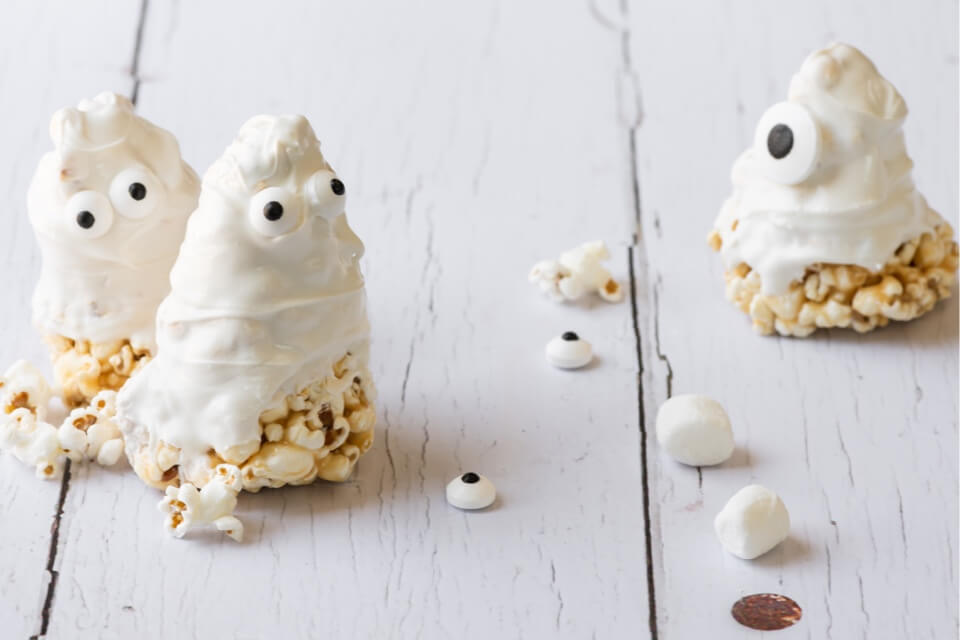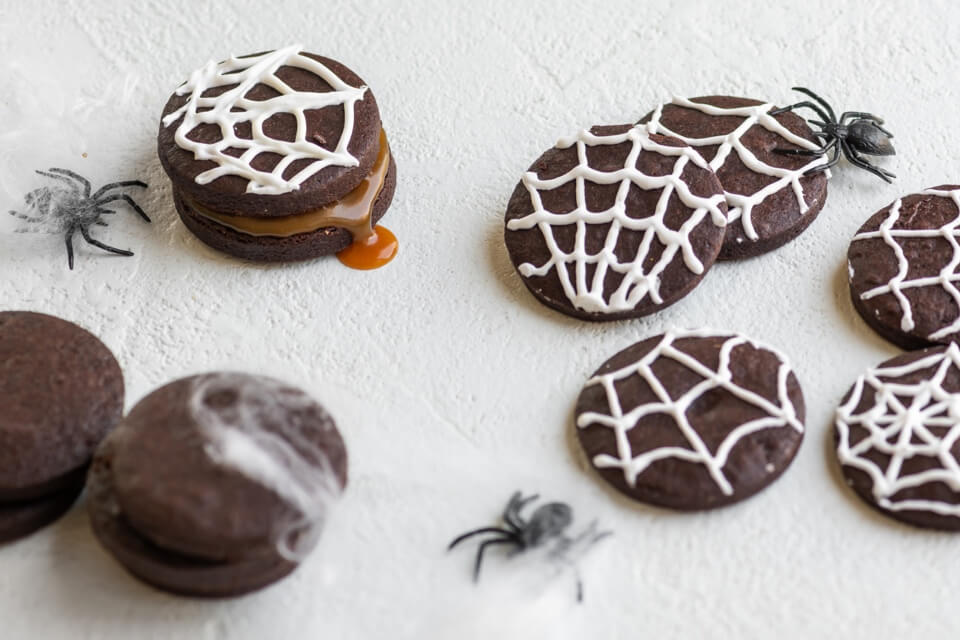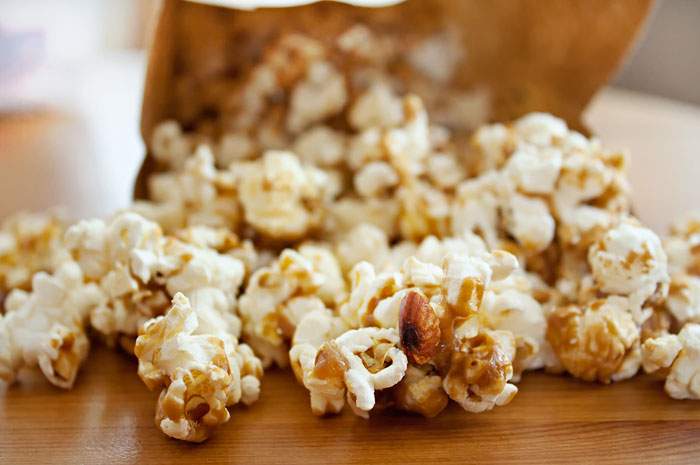You’d be hard pressed to find anyone who doesn’t like the buttery, nutty flavor of caramel. Even the most confident anti-sweet-tooths among us usually admit to enjoying caramel, whether it’s in drinks, candy bars, or on fresh apple slices. Caramel is, quite simply, a crowd-pleaser.
Why do we all love it so much?
For starters, we love the process of caramelization. When the surface of food is heated high enough for long enough, a series of chemical reactions occur to change that food’s makeup of proteins and sugars. This is whatever happens when you sear a steak, roast coffee beans, or toast bread. It’s called the Maillard reaction; foods that undergo this reaction — without going so far as to burn — have a rich, concentrated flavor that is widely appealing.
Making caramel sauce is one of the most basic examples of the Maillard reaction. When heated, the water content in white sugar evaporates, leaving toasty, amber-colored sugar liquid. The magic happens when the sugar reacts with the proteins in the butter and cream. A bit of vanilla and salt boost flavor, and there you have it. Together, these five ingredients produce a caramel sauce of intense depth and sweetness that’s delightful stirred into drinks, drizzled on ice cream, served as a dessert dip, or given as a gift.
But despite being made with just five ingredients — and in under 10 minutes! — caramel sauce isn’t a no-brainer. It takes a lot of patience and observation to get the color, flavor and consistency just right. Using the recipe for Churros with Salted Caramel Sauce as a guide, we offer several tips and tricks for mastering this foundational dessert sauce.
Start with the best ingredients
Whenever a recipe calls for just a handful of ingredients, they have to be high quality because they have nowhere to hide. Start with Challenge Butter and use the best sugar, cream, salt and vanilla you can find.
Consider using a candy thermometer
When making caramel sauce, it’s not necessary to use a candy thermometer, but it’s an added help if you’re just getting started out with caramels and candy making. If you choose to use one, hook it onto the side of the pot without letting it touch the sides or bottom when you melt your sugar. Shoot for between 338 degrees F and 350 degrees F before adding the butter. No candy thermometer? No problem. Use your senses to pay attention to the way the sugar dissolves, changes color, and smells. The goal is to get as much color as possible without burning it. Just keep watching and stirring.
Use a rubber spatula, and then a whisk
Speaking of stirring, the best tool for stirring the sugar is a rubber spatula as it’s non-reactive, easy to clean, and won’t scratch the bottom of your pot. After that, use a whisk for adding the remaining four ingredients to get a smooth final sauce.
Go with unsalted butter
Even if you prefer to make a salted caramel sauce as opposed to a regular caramel sauce, it’s best to start with unsalted butter as a baseline and add salt to taste. For our salted caramel sauce recipe, we add 1 teaspoon of salt; for a regular caramel sauce, halve that amount.
Don’t walk away
You can’t do the dishes or check your email while making caramel sauce: it needs constant attention. The sugar needs time to brown, but that amount of time can change from one day to the next depending on several factors. Expect to stir the sugar anywhere between 8 and 12 minutes before it reaches the perfect dark amber color — and stick around until it does. A burnt caramel sauce is an inedible one.
Be careful when adding ingredients
Adding the butter and then adding the cream will make the sugar bubble up and rise. Stir the mixture well to keep those flare-ups under control, and reduce the heat under the pot if you feel necessary.
Give it time to cool
Your caramel sauce will be thinner when you first remove it from the heat. Give it 5 to 10 minutes to thicken up and cool before using it or storing it in the fridge. Because this sauce is made with butter and cream, it is perishable and needs to be refrigerated. Stored in an airtight container, the sauce will keep one month in the fridge. Just reheat on the stove when you want to use it.
Now that you know how to master caramel sauce, you’ll see how versatile it is with your favorite recipes. Toss it with popcorn for a cute Halloween treat, sandwich it between cookies, stir it into an espresso drink, drizzle it over cheesecake, bake it into hand pies, or serve it as a dip with sliced apples. (Note that this caramel sauce isn’t suitable for making caramel apples, as it needs corn syrup to harden into a shell. We think you’ll find that apple slices and caramel sauce are equally delicious.) Alternatively, make and jar this easy sauce to bundle with an ice cream scooper for a quick and tasty gift.


